The Cuban artist Zilia Sánchez is one of the most important and influential Latin American artists of the last time, but until today she had not a retrospective in an institution. El Museo del Barrio is restoring this through the exhibition “Soy Isla” (I Am an Island), showing her canvases recognised by the protruding shapes and warped linen that often portray historical or mythological female warriors through abstract line and textile contours. Her canvases engage with these narratives with an emphatically feminine curvature that she positions as mathematical lines, cosmic connections, and the very geological formations of the earth.
by Àngels Miralda | Images courtesy of El Museo del Barrio
Zilia Sánchez‘s practice spans over 65 years of work in which she developed a distinctly characteristic style of minimalist sculptural painting. “Soy Isla” (20 November 2019 – 22 March 2020) at the El Museo del Barrio is the first institutional retrospective of Sánchez’ work. Her influence on younger generations of artists as well as her historical importance makes this surprising. For years El Museo del Barrio has sought to rectify gaps in the historical roster that omit the work of Latin American women, and work to consistently dispel this phenomenon as a market trend in favour of a scholarly historical analysis. The museum’s recent work has highlighted important figures that have so far never received their due. The exhibition combines early and barely seen pieces with the more known works from the ’70s and ’80s allowing the visitor to track the artist’s progress, development, and rationale.
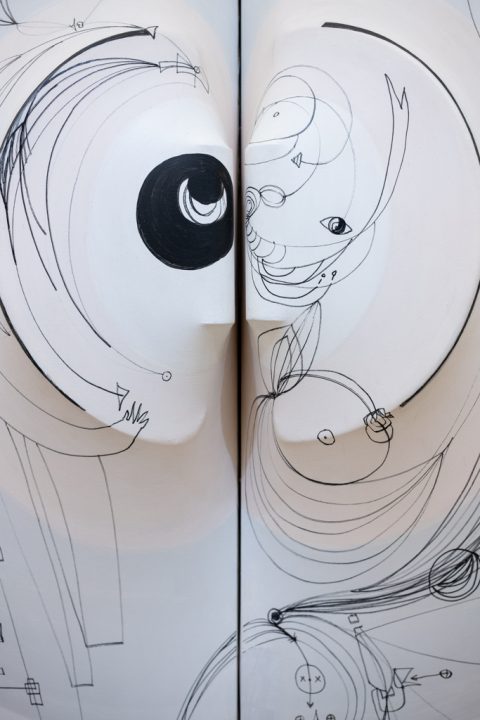
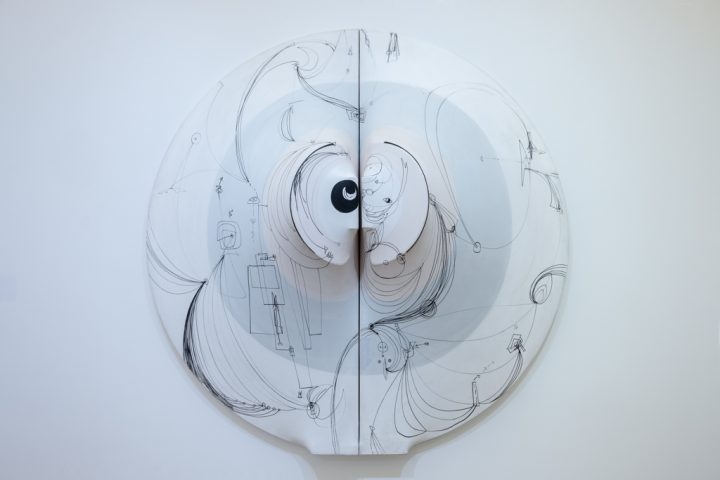
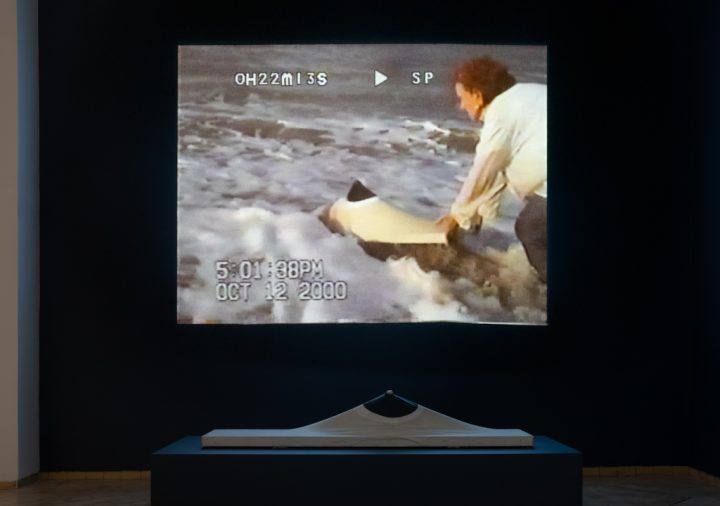
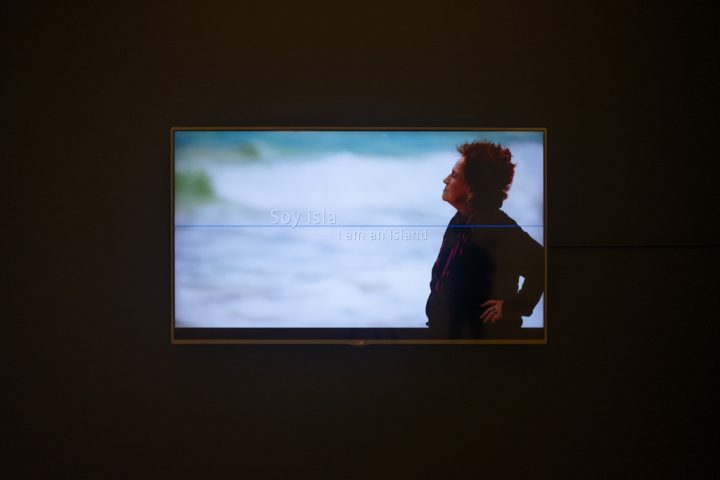
Originally from Cuba, Zilia Sánchez moved to New York City in the 1960s where she encountered the works of some of the most well-known artists of the time. Fully immersed within the discussions of the time, Sánchez’s canvases are steeped in the discourse of New York’s conceptual art scene but also carry a distinct cosmic geometry and visual references that are easy to attribute to Latin-American concrete art. Sánchez’s canvases can be recognised by the protruding shapes and warped linen that often portray historical or mythological female warriors through abstract line and textile contours. Her canvases engage with these narratives with an emphatically feminine curvature that she positions as mathematical lines, cosmic connections, and the very geological formations of the earth. The exhibition also offers video and photographic documentation of Sánchez’s performances and happenings in which sculpture and its relation to the body are inserted into the sea water or installed on the sand. The relationship to time in the canvases come from the moment of stretching, while the permanence of the island compared to the work create a juxtaposition between permanence and impermanence.
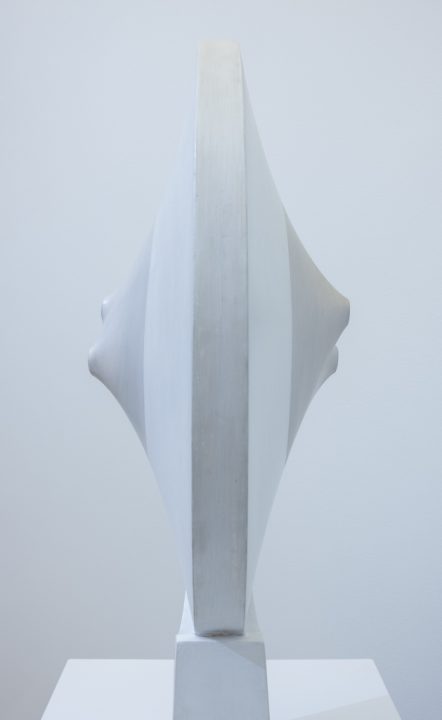
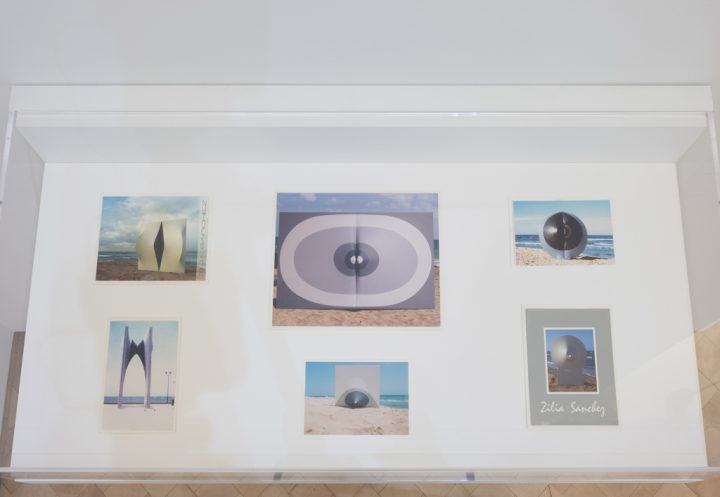
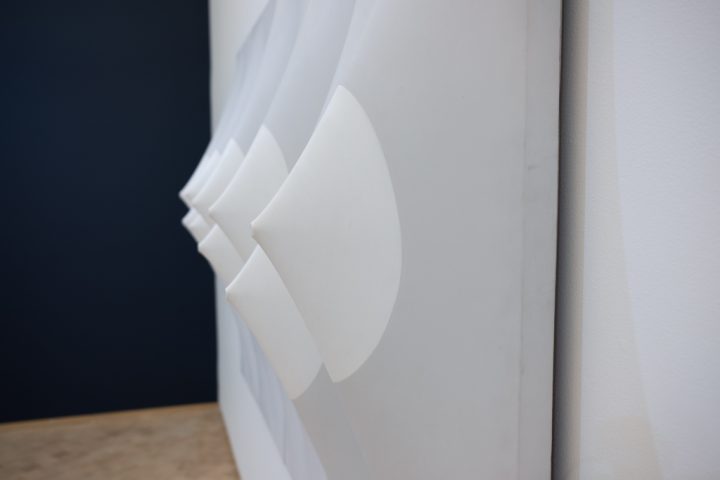
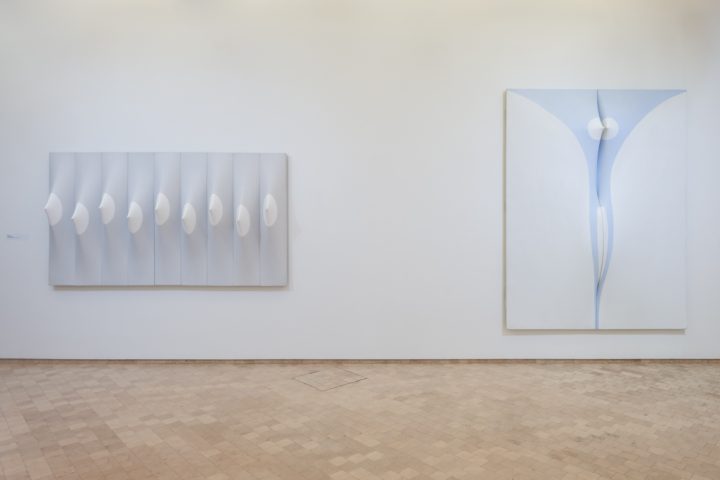
Sánchez did not form part of the artistic community whose works she was exposed to, but rather preferred to remain in her friendship circles related to the Cuban diaspora. Her lack of networking at the time as well as her move to Puerto Rico where she remains to this day played a part in her lower visibility, and also her position as a woman of Spanish and Cuban descent barred her entry into many of New York’s art establishments. Her work presages the feminist manifestos of the 1980s and Haraway’s cyborg manifesto, but her work performs the modified body, one that is both mythologized and futuristic, as well as distinctly Cuban, remixing Greek and European mythology with Cuban spirituality. They become new beings – abstract creatures and interstellar androids. She points to cosmic sources while always relating them back to the formations of the earth.
Sánchez has lived in Puerto Rico since the 1970s, the title of “Soy Isla” (I Am an Island) refers to her Caribbean position and culture. The idea of an island produces a celestial connection through archipelagos mirroring constellations connected to Caribbean beliefs. An island protrudes from the sea like the conical forms beneath her canvases – creating bodies, or women warriors, that rise up towards the stars.
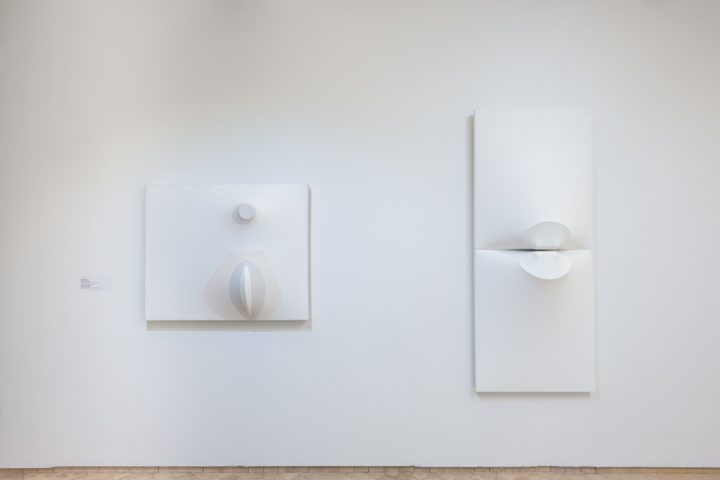
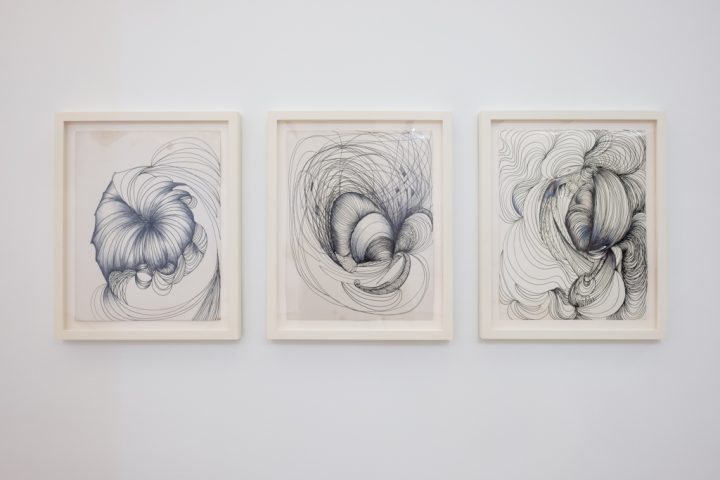
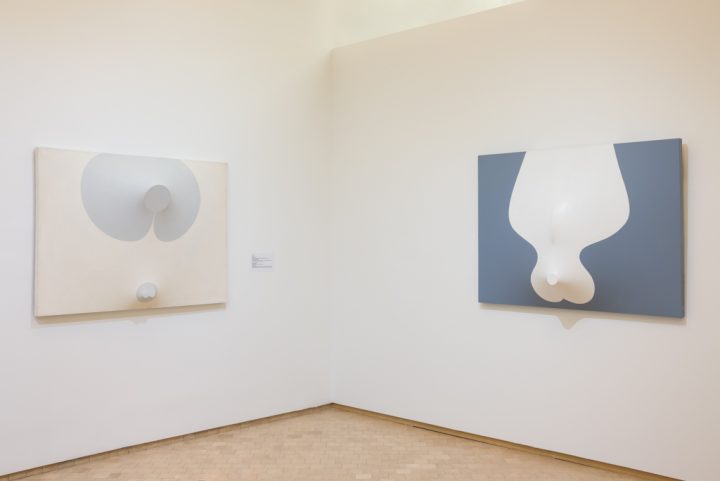
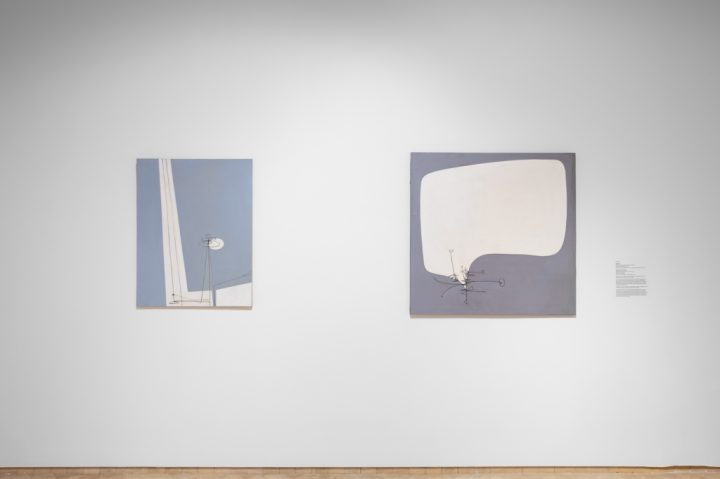

 Español
Español